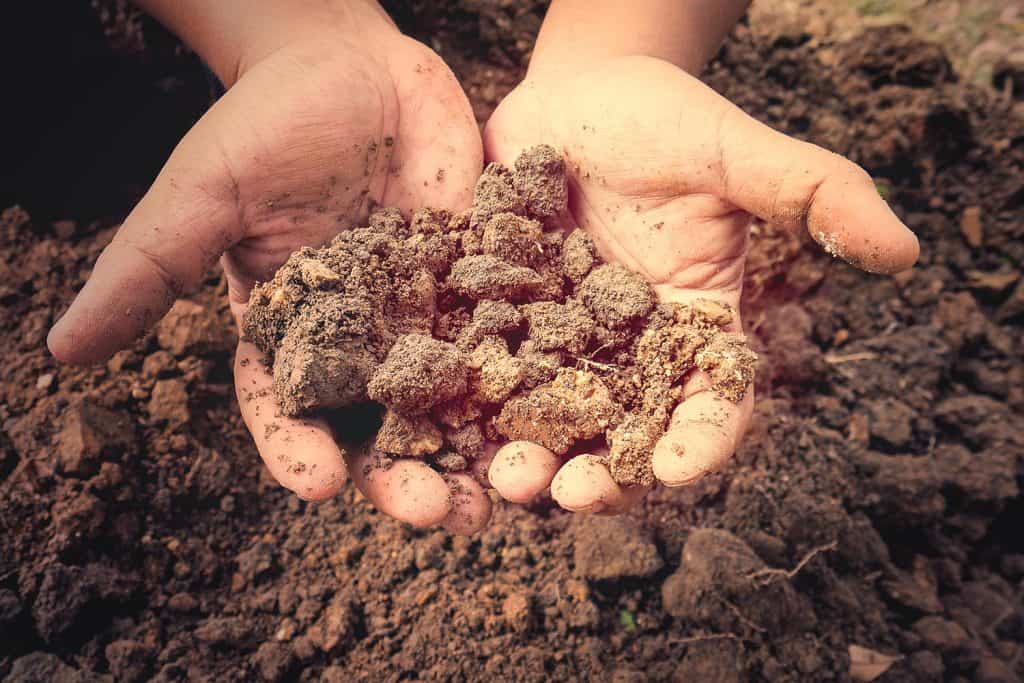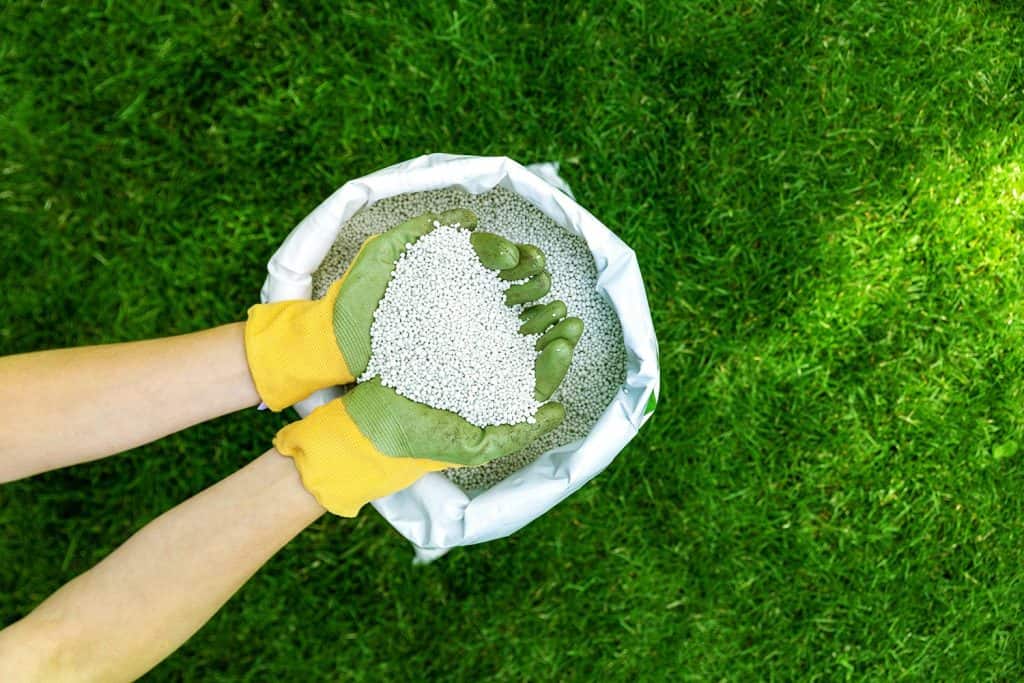Crepe Myrtle trees are a welcome sight for any manicured garden or landscaping project. However, if you notice that this tree or shrub's flowers have begun falling off, you may wonder why. Aside from a bloom's natural lifespan, there are a few reasons this happens early. We researched what causes the flowers of Crepe Myrtle bushes or trees to fall and common reasons this occurs.
If you see that the flowers on your beloved Crepe Myrtle have begun to fall from their branches, check out our list of possible reasons why:
- Flower cluster die-off
- Fungus or disease
- Pests
- Intense drought
- Poor soil quality
- Needs fertilizer
In this post, we'll further discuss these 6 possible reasons for why your Crepe Myrtle's flowers are falling off. You'll also learn helpful tips to maintain your Crepe Myrtle's blooms, healthy, and attractiveness. So be sure to keep reading!

About Crepe Myrtle Flowers
If you are looking for a picture-perfect plant, consider the Crepe Myrtle. Note, this tree can survive in zones 6 through 10. However, this plant thrives best in a sunny and humid environment. Pruning as needed helps the tree get more light and air, encouraging flowering.
A Crepe Myrtle growing in colder zones will need protection in the wintertime and have to be coaxed back to life when warmer weather returns. Expect this hardy, attractive and fast-growing plant to grow up to 50 years or beyond if it is kept healthy and happy.
Prune branches, ensure the roots are healthy, and promote growth to help your tree develop plenty of blossoms in the summer. Protect your Crepe Myrtle from pests and freezing. Do a scratch test on the plant's bark and if you see green underneath, it still has a chance.
You can expect blossoms on a Crepe Myrtle anywhere between May and June, with hybrid varieties being quicker to show their flowers. Deadheading may encourage the tree to blossom a second time. However, the flowering period often lasts between 90 to 120 days.

6 Problems Facing Crepe Myrtle Blooms
If you have provided your Crepe Myrtle with plenty of sunshine, good soil, space, and aeration, the tree's variety often dictates how full of flowers it will be. However, there are some concerning issues that can reduce or inhibit a Crepe Myrtle from blossoming to the fullest.
1. Flower Cluster Die-Off
Due to problems with poor-draining soil, a lack of water, disease, or not enough sun and air, flower clusters can wither away and die. It may take a lot of effort to encourage a Crepe Myrtle to sprout new growth and flower buds.
2. Fungus Or Disease
Fungus and disease from too much moisture, stress, heat, and other factors can quickly ravage a Crepe Myrtle and other common garden plants. Look for discolored leaves, drying up flowers, rotting roots, bad smells, and damaged bark as signs of possible fungus or disease.
Take precautions if your tree is bombarded with heavy rains, as too much moisture can be a bad thing, especially when combined with poorly draining soil.
3. Pests
Aphids, beetles, whiteflies, spider mites, and other insects are often drawn to Crepe Myrtles. And unfortunately, when certain insect pests are left unchecked and their numbers get out of control, they can quickly damage plants. Apply pesticide or insecticide as needed.
Check out this combination insecticide and fungicide on Amazon.
4. Intense Drought
Although the Crepe Myrtle loves warmer temperatures, a long drought can prove deadly and cause a tree to not flower and lose any current blossoms. If there is a drought, protect your tree and increase your watering schedule.
5. Poor Soil Quality

A Crepe Myrtle will thrive best in soil that has a pH range of 5 to 6.5, and can tolerate a pH of 7 too. Make adjustments to the soil regarding watering, adding fertilizer, aeration, and giving your tree enough space to establish itself and focus on blossoming.
6. Needs Fertilizer

You may discover that your Crepe Myrtle is struggling to flower, grow in height, or hold onto any blossoms. Check the soil nutrition and add fertilizer in the springtime as needed. Trees need to grow and pull nutrients from the soil to encourage plenty of flowering.
Check out this fertilizer for Crepe Myrtles on Amazon.
Common Pests And Problems To Watch For
There are more than a few factors that can negatively impact your Crepe Myrtle, including, but not limited to the following. Fungus like powdery mildew, sooty mold, Japanese beetles, and Asian Ambrosia beetles can ravage these delightful trees.
Additionally, Cercospora leaf spot, aphids, bacterial leaf scorch, and poor draining soil can also be a problem for Crepe Myrtles. Take quick action to remedy any problems with pests, disease, or poor soil and drainage immediately.
Consider how well your variety of Crepe Myrtle will fare in your growing zone. Also, review any environmental factors that will boost or reduce the tree's health and appearance, and what plant is best for your property and lifestyle. Overall, these versatile plants are hardy.
How To Support Healthy Crepe Myrtles
There's nothing like looking at the bursts of purple, red, or pink flowers covering Crepe Myrtles. However, you can improve the odds that your tree's colorful blooms will last longer and have more flowers.
Take good care of your Crepe Myrtle by ensuring it is in a soil that is well-draining and not too alkaline or acidic. Soil with a pH of 5 to 6 is ideal. Once a Crepe Myrtle is established and mature, it is more likely to resist drought, but ensure it gets enough water.
Pruning dead or diseased areas of your tree as well as excess blossom, buds, and leaves can encourage new growth. Look into fertilizers for your Crepe Myrtle when it's young. Administer fertilizer in spring for older plants to encourage blossoms and height in the summer.
How Do I Keep My Crepe Myrtle Blooming?

If you want to encourage your Crepe Myrtle to continue blooming, look for a species of plant that has a longer flowering period, like a hybrid. Additionally, ensure that your soil is adequately fertilized, slightly acidic, and well-draining.
Encourage blooms by pruning your tree early in the summer season to promote new growth. Protect your tree from heavy rains, drought, and ensure it gets enough water and is pest and disease-free to enjoy a longer blooming cycle.
Do Crepe Myrtles Need Lime?
Conduct a soil test before you decide to plant new Crepe Myrtle plants on your property. If you discover that the pH could use some adjusting, only then would you want to add a bit of lime to help the soil. Crepe Myrtles prefer soil that is slightly acidic with a pH of 5 to 6.5.
Adding lime to soil increases the pH levels and is best applied in the fall. Avoid going beyond a pH of 7.0 to make your Crepe Myrtles happy.
Should I Deadhead My Crepe Myrtle?
It is usually a good practice to deadhead your Crepe Myrtle to prevent the spread of fungus and disease and promote healthy, new growth. If you notice any dead branches, leaves, or even an excess of foliage and flowers, do some deadheading.
Typically, pruning away areas often helps encourage a Crepe Myrtle to develop even more flowers, leaves, and new growth than previously shown. Be careful and avoid deadheading a Crepe Myrtle too late in the early fall, as new growth might not survive winter.
What Is The Best Fertilizer For Crepe Myrtle?
If you want to promote plenty of flowers on a Crepe Myrtle, choose a fertilizer that has a balanced ratio of nitrogen, potassium, and phosphorous. You will want a fertilizer that has a fairly low amount of nitrogen to focus on feeding blooms not foliage.
Depending on a Crepe Myrtle's age, you may find it better to use a liquid or granule fertilizer. Follow the manufacturer's directions and avoid adding fertilizer right before a heavy rain. Feed older plants as needed in the early spring to encourage flowering and watch the ratios.
In Closing
We hope that you discovered some helpful information about caring for Crepe Myrtle trees and their blooms. If you live in zones 6 through 10, Crepe Myrtle trees add a wonderful touch of color to any property. The flowering period of their lovely blossoms can last up to 120 days.
Depending on the variety of Crepe Myrtle, growing zone, and health of your plant, you may enjoy longer or shorter flowering periods. If your tree isn't flowering, check your plant for common reasons impacting health and flowering, and administer any necessary remedies.
Before you leave, you won't want to skip reading the following articles of interest:


